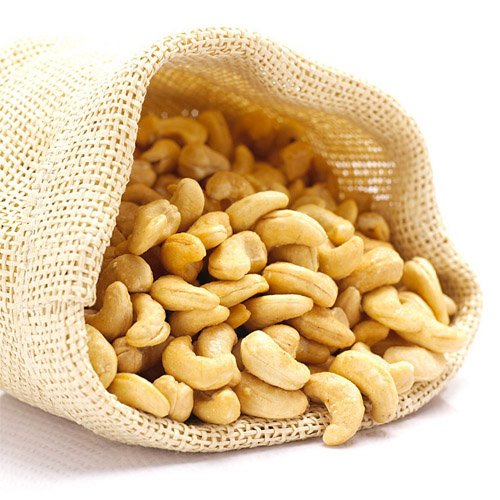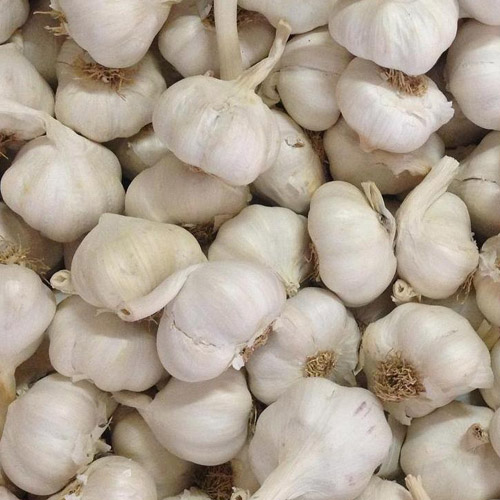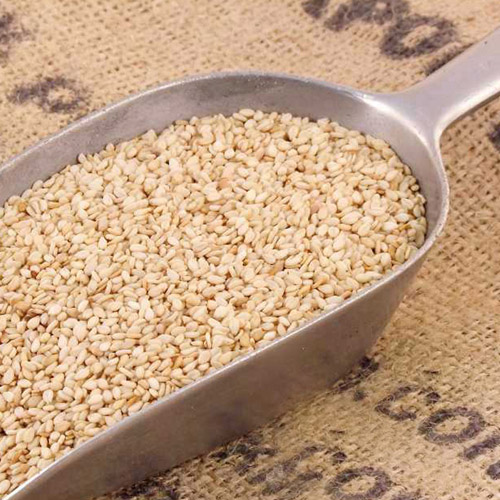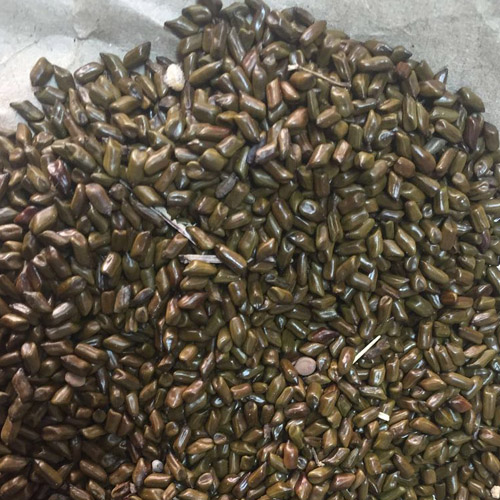

Cashew NutsThe cashew seed, often simply called a cashew, is widely consumed. It is eaten on its own, used in recipes, or processed into cashew cheese or cashew butter. The cashew apple is a light reddish to yellow fruit, whose pulp can be processed into a sweet, astringent fruit drink or distilled into liquor.


Dried Chilli PeppersThe chili pepper (also chile pepper or chilli pepper, from Nahuatl chilli) is the fruit of plants from the genus Capsicum, members of the nightshade family, Solanaceae.[1] In Australia, Britain, India,[2] Ireland, New Zealand, Pakistan, South Africa and in other Asian countries, it is usually known simply as chilli.
Dried chilies are often ground into powders, although many Mexican dishes including variations on chiles rellenos use the entire chili. Dried whole chilies may be reconstituted before grinding to a paste. The chipotle is the smoked, dried, ripe jalapeño.
GingerGinger (Zingiber officinale) is a flowering plant whose rhizome, ginger root or simply ginger, is widely used as a spice or a folk medicine.
Ginger produces a hot, fragrant kitchen spice.[6] Young ginger rhizomes are juicy and fleshy with a very mild taste. They are often pickled in vinegar or sherry as a snack or cooked as an ingredient in many dishes. They can be steeped in boiling water to make ginger tisane, to which honey is often added; sliced orange or lemon fruit may be added. Ginger can be made into candy, or ginger wine, which has been made commercially since 1740.


GarlicAllium sativum, commonly known as garlic, is a species in the onion genus, Allium.
With a history of over 7,000 years of human consumption and use, garlic is native to central Asia and has long been a staple in the Mediterranean region, as well as a frequent seasoning in Asia, Africa, and Europe. It was known to Ancient Egyptians, and has been used both as a food flavoring and as a traditional medicine.
Garlic is widely used around the world for its pungent flavor as a seasoning or condiment.
Kola NutsThe kola nut is the fruit of the kola tree, a genus (Cola) of trees that are native to the tropical rainforests of Africa. The caffeine-containing fruit of the tree is used as a flavoring ingredient in beverages, and is the origin of the term "cola".
The kola nut has a bitter flavor and contains caffeine. It is chewed in many West African cultures, individually or in a group setting. It is often used ceremonially, presented to chiefs or presented to guests.
Kola nuts are perhaps best known to Western culture as a flavoring ingredient and one of the sources of caffeine in cola and other similarly flavored beverages.


Sesame SeedsSesame seed is one of the oldest oilseed crops known, domesticated well over 3000 years ago. Sesame has many species, most being wild and native to sub-Saharan Africa. Sesame indicum, the cultivated type, originated in India[4] and is tolerant to drought-like conditions, growing where other crops fail.
Shea NutsShea Nut is used to make Shea Butter which is an off-white or ivory-colored fat extracted from the nut of the African shea tree (Vitellaria paradoxa).Shea butter is a triglyceride (fat) derived mainly from stearic acid and oleic acid. It is widely used in cosmetics as a moisturizer, salve or lotion. Shea butter is edible and is used in food preparation in Africa. Occasionally, the chocolate industry uses shea butter mixed with other oils as a substitute for cocoa butter, although the taste is noticeably different.
Shea butter is mainly used in the cosmetics industry for skin- and hair-related products (lip gloss, skin moisturizer creams and emulsions, and hair conditioners for dry and brittle hair).It is also used by soap makers, typically in small amounts (5-7% of the oils in the recipe), because it has plenty of unsaponifiables, and higher amounts result in softer soaps that have less cleaning abilities. Some artisan soap makers use shea butter in amounts to 25% - with the EU regulating the maximum use around 28%, but it is rarely the case in commercially produced soap due to its high cost against oils like palm or pomace (olive). It is an excellent emollient for people who suffer dry skin conditions.


GroundnutsGroundnut, also known as peanut and goober(Arachis hypogaea), is a crop of global importance. It is widely grown in the tropics and subtropics, being important to both smallholder and large commercial producers. It is classified as both a grain legume, and, because of its high oil content, an oil crop. World annual production is about 46 million tonnes per year.
It is used in food production as Groundut oil, Groundnut Flour, Boiled Groundnut,
Dry-Roasted Groundnut and also peanut butter.
HibiscusHibiscus is a genus of flowering plants in the mallow family, Malvaceae. The genus is quite large, comprising several hundred species that are native to warm-temperate, subtropical and tropical regions throughout the world.
One species of Hibiscus, known as kenaf (Hibiscus cannabinus), is extensively used in paper-making.
It is also used in making hot and cold beverages, when dried it is edible and used medically too.

